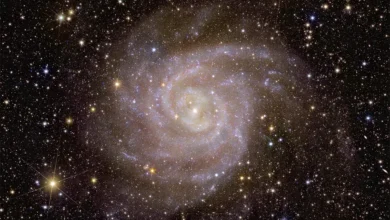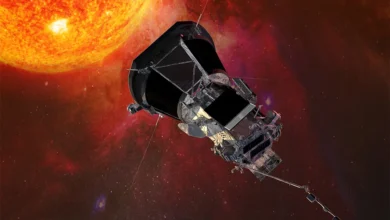Super blue moon illuminates the skies of arab countries tonight

August has been an exciting month for those who love to look up at the night sky. Just after the dazzling display of the Perseid meteor shower, which peaked last week, the first of the year’s four consecutive supermoons is set to grace the skies on August 19.
This supermoon is especially noteworthy because it coincides with a Blue Moon, a rare combination that peaks at 2:26 p.m. ET on Monday.
The last time we experienced a Super Blue Moon was in August 2023, making this year’s event particularly special. After this, the next Super Blue Moons won’t occur until January and March of 2037. To put this in perspective, about one-quarter of all full moons are supermoons, but only about 3% of full moons are Blue Moons.
This makes the August 2024 Super Blue Moon a truly rare event.
Supermoons are the biggest and brightest full moons of the year. The Moon’s orbit around Earth is not a perfect circle but an elliptical path. The closest point in this orbit, called perigee, is about 226,000 miles (363,300 kilometers) from Earth.
When a full moon occurs within 90% of perigee, it is often called a supermoon. At this distance, the Moon can appear up to 14% larger and 30% brighter than when it is at its farthest point, or apogee, which is about 251,000 miles (405,500 kilometers) from Earth.
For sky-gazers in Arab countries such as Jordan, Egypt, and Saudi Arabia, this Super Blue Moon will be a spectacular sight. As the Moon rises on the evening of August 19, it will be easily visible in the eastern sky. Given the typically clear August skies in these regions, conditions should be ideal for viewing.
The Moon will appear exceptionally bright and large, making it a perfect opportunity for both amateur and professional photographers to capture stunning images.
This Super Blue Moon, following closely on the heels of the Perseid meteor shower, makes August 2024 a month to remember for astronomy enthusiasts. With the next such event not occurring until 2037, it’s worth taking the time to appreciate this rare and beautiful celestial phenomenon.










